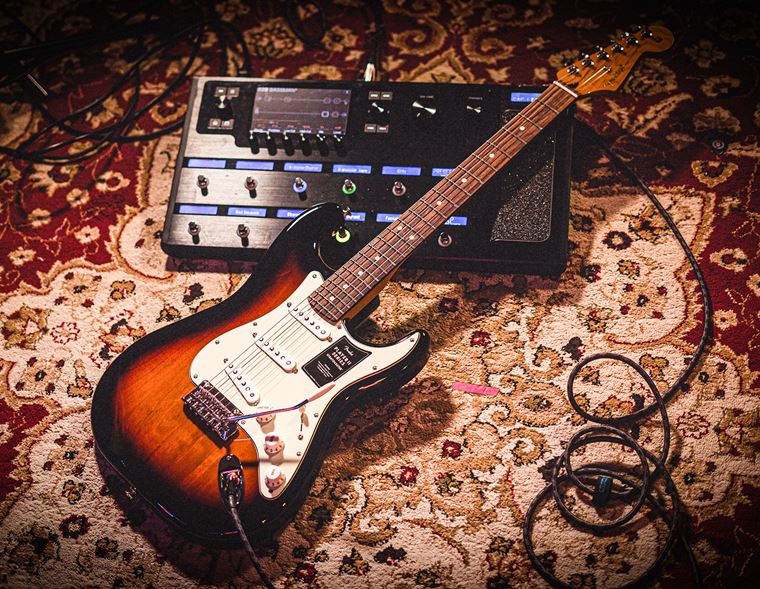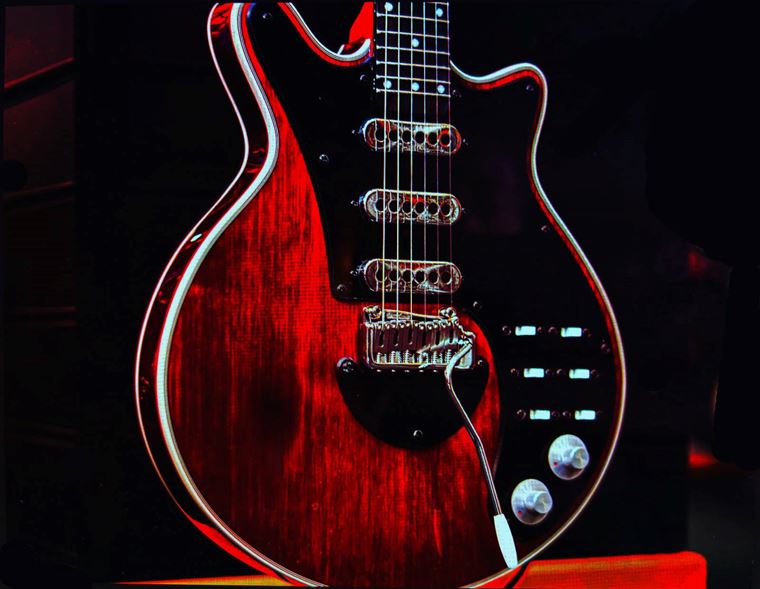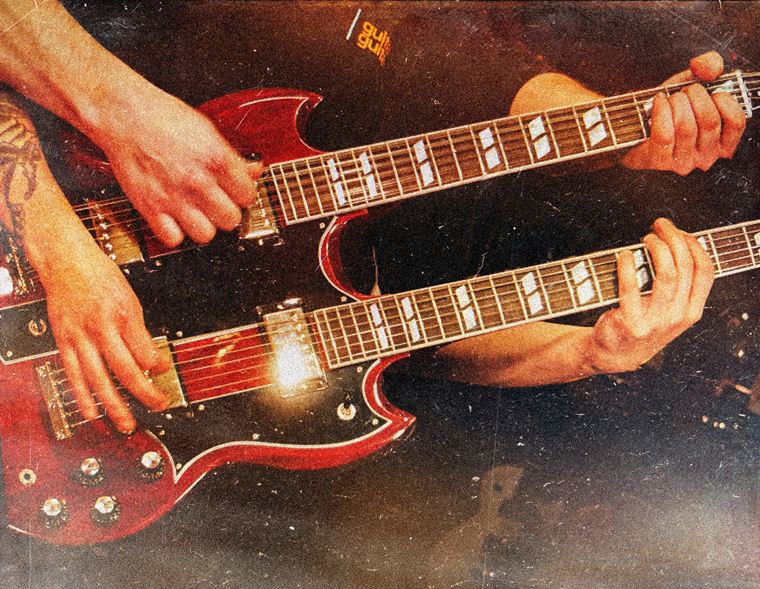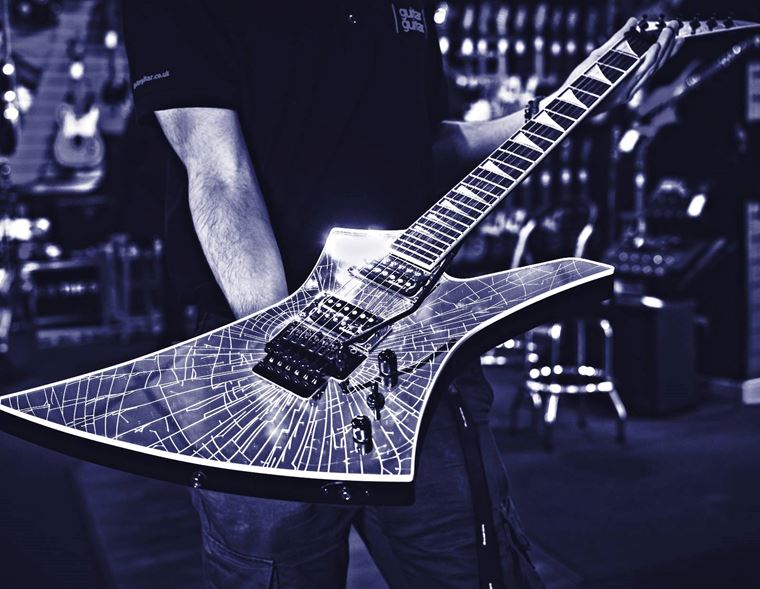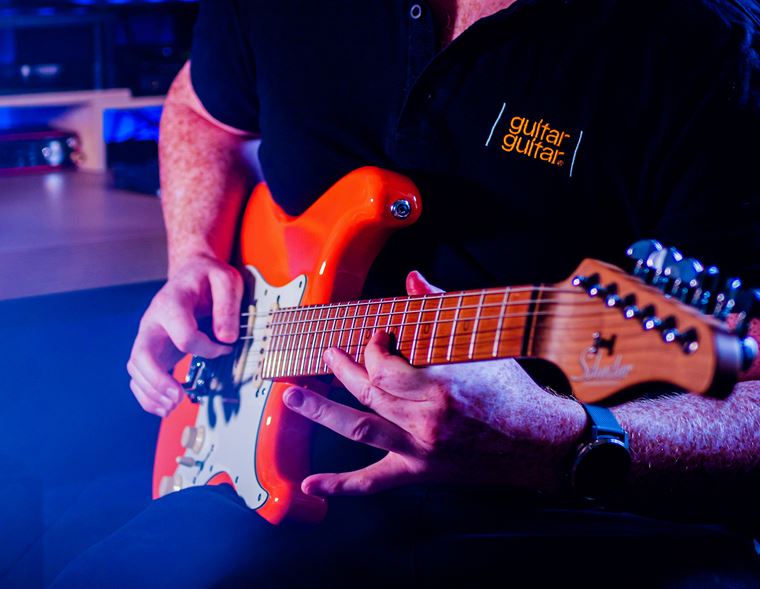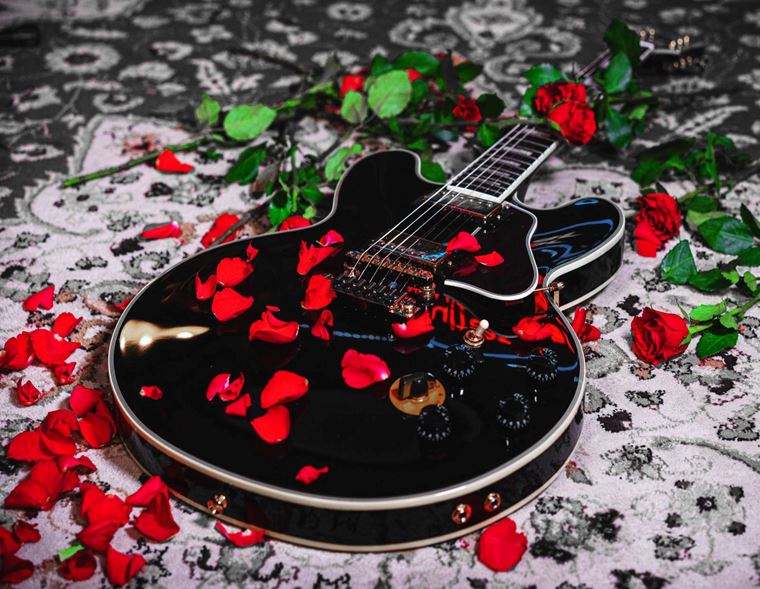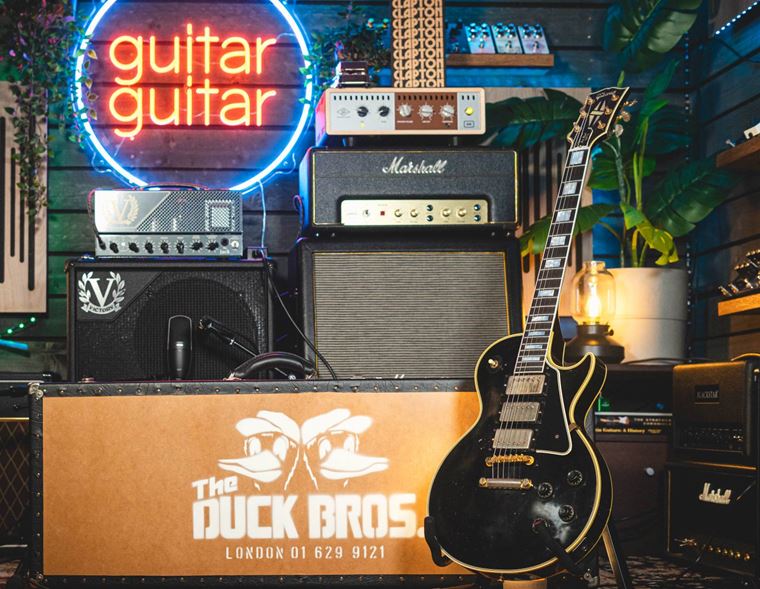Yamaha Acoustic Guitars: The Ranges Explained
Published on 28 October 2024
Have you tried a Yamaha acoustic guitar? It’s likely that you have: Yamaha acoustic guitars have been a go-to for every level of guitarist for many decades. Beginners, experienced players and professionals alike have turned to Yamaha since the 60s to provide them with a quality acoustic, and as a result, there is now a large variety available. Where to begin?
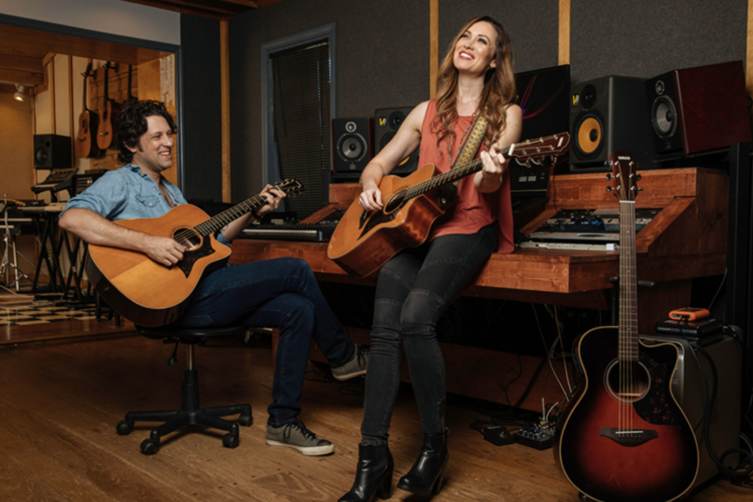
How about right here, with this brief, to-the-point guide to the different acoustic ranges that Yamaha offer? I’ll highlight what makes each style different, and I’ll avoid too much jargon. I’ve played a great many Yamaha acoustics over the years, and sold just as many to a diverse range of people.
After reading this short blog, you’ll be able to go into your local guitarguitar store and identify the different Yamaha acoustics that we stock. You'll have opinions and expectations based on what you learn today.
Are you ready?
The Yamaha Acoustic Ranges at a Glance
Yamaha F Series
The Yamaha F series covers a few different models, but in straightforward terms, I’d call this the main, traditionally styled backbone of Yamaha’s acoustic offerings. You’ll find dreadnought guitars (the famous ‘generic’ acoustic shape and typically named FG with Yamaha) and FS models with a slightly (very slightly) smaller and thinner body that we’d generally refer to as a ‘Concert’ shape.
Yamaha F series guitars come in a number of quality levels depending on price. For example, the entry level Yamaha F310 is a fantastic beginner model, made with a plywood top and devoid of much in the way of decoration. By contrast, the Yamaha FG830 uses the same dreadnought style body shape, but adds a solid spruce top (much better for creating vibrations and thus richer tone), a lovely Autumn Burst finish, multiple-ply binding around the edges of the body, more binding on the headstock and fingerboard, and even includes some inlaid abalone in the soundhole rosette.
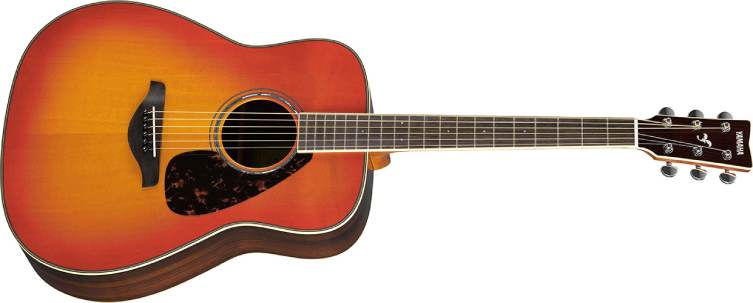
That example helps to illustrate how things change as the price increases: you get better materials, more decorations and fancier finishes, but the blueprint is intact at the beginning, with the cheaper model.
I’d see the Yamaha F Series as the place to begin your navigation of the brand. You can try dreadnought models, concert models, and see a direct comparison between dearer and cheaper models of the same style. There’s also this groundbreaking addition to the F Series…
Transacoustic - An Innovation
Transacoustic is a very interesting and musical innovation. Yamaha have built this technology into a number of F and L Series guitars, and it really transforms your acoustic playing experience.
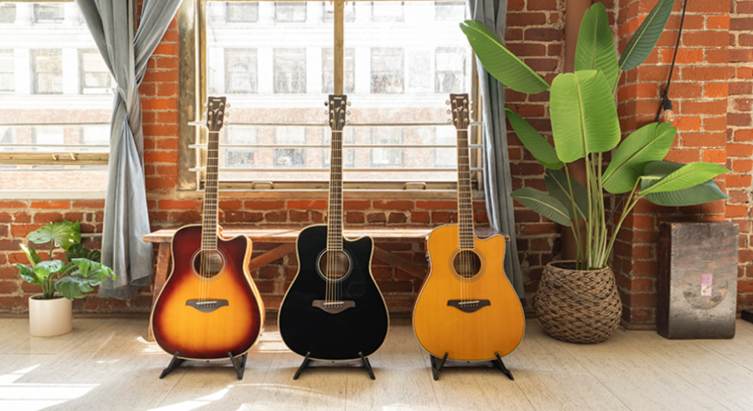
So what is it? Well, put simply, it’s a built in effects device that adds reverb and chorus to your acoustic’s natural sound, from within the instrument itself. It sounds like genuine ambiance breasted and put out through the soundhole, and it’s quite an incredible thing to experience. I definitely recommend trying this out for yourself, because it adds an extra dimension to your playing without the need for cables, pedals and speakers. It sounds great, it’s built into some lovely Yamaha acoustics, and you still have the option of turning it off and having a great sounding regular acoustic sound. Don’t pass this idea by just because it sounds unusual: it’s very cool and musical, as well as being impressive.
Yamaha APX
The Yamaha APX is one of the company’s most successful designs. Smaller, thinner and altogether mode modern than anything found in the F Series, the APX works as well for the physically smaller guitarist as it does for anyone seeking extra portability.
Not that it’s a travel guitar: this is a ‘full-sized’ instrument, it just happens to have a smaller body. To some, this equates to less body in the tone, but that is countered by the APX’s designated mission as a stage guitar: it’s for performers who plug in their acoustics and want a handy instrument that works well in a live context.
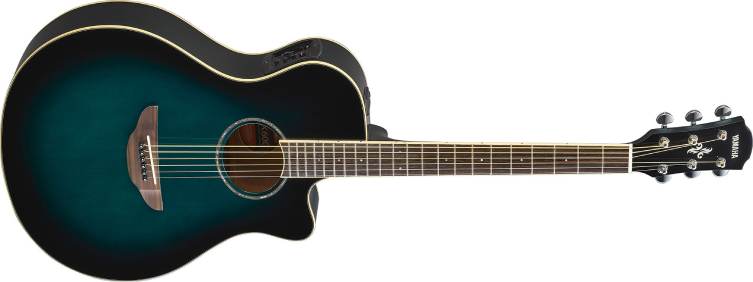
As with the F Series, there are a number of models within the APX range: currently the APX600 is where to begin, and the APX700 is a step up from that with a solid spruce top as the major improvement.
There actually is an APX travel guitar in the form of the Yamaha APXT with a downsized APX body making it truly a guitar you can take anywhere.
Yamaha CPX
The Yamaha CPX is something of a sister model to the APX. Available in roughly corresponding models (600, 700 etc with similar finish options), the CPX (also known for a time as the ‘Compass’ series) sported an altogether bigger body, approaching the size of a jumbo.
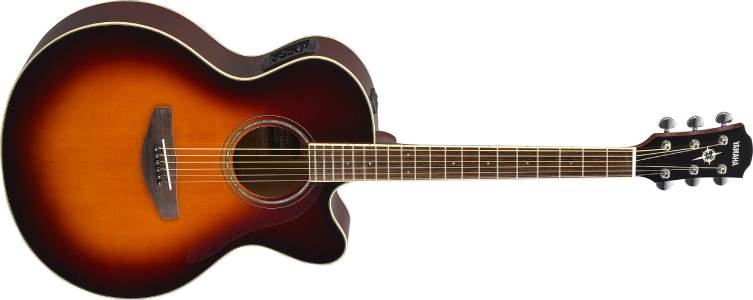
Built similarly for stage use, the CPX is designed to offer a much bigger sound than the APX, so it’s perfect for solo performers who want to fill a room with sound using only their guitar and vocals.
Yamaha A Series
The Yamaha A Series is a step up in terms of production. A series guitars are all-solid, so in addition to solid tops, the back and sides of the body are also built using solid timbers.
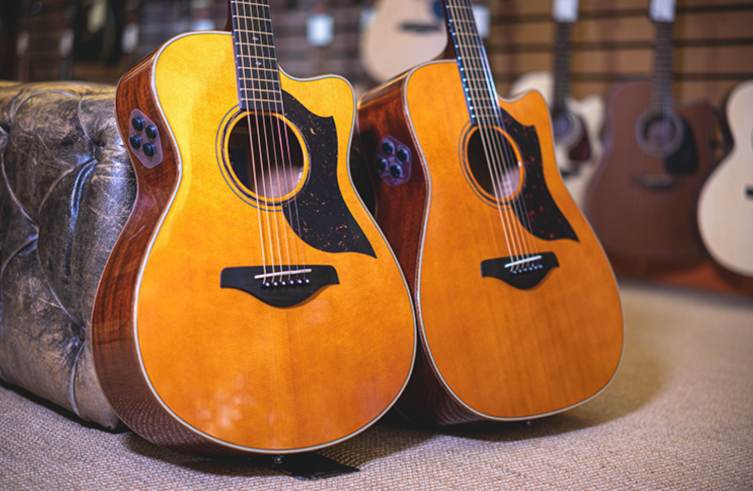
There are three main A series models:
- A1: Cutaway dreadnought style with spruce top and either mahogany or rosewood back & sides.
- A3: Same as A1 but includes a torrefied/roasted top for a more strident, broken-in sound.
- A5: Made in Japan with upgraded timbers and electronics, plus Gotoh tuners and the torrefied top.
Yamaha’s A Series guitars are a step above the F Series and sit just below the L Series. I think of these as a great choice for the gigging semi-pro to fully-pro player, who needs a great sound and response in a traditional style.
Yamaha L Series
Yamaha’s L Series is their top-end line of acoustic guitars. Yamaha L Series guitars are all based on the company’s own take on the jumbo body style, though that shape is actually available in three sizes - small, medium and original - so they aren’t so much ‘jumbo-sized’ as ‘jumbo-shaped’, if you get me! Top timbers, modified inner bracing, torrefied tops (see above) and advanced pickup systems mean that the Yamaha L series are essentially of the best features the company have available, all together in a guitar model with an original-yet-traditional look.

Yamaha LL16ARE - Original Jumbo shape
Yamaha L Series guitars are top-end choices for busy pros and studio musicians, as well as for anybody who appreciates a fresh blend of the modern and the traditional.
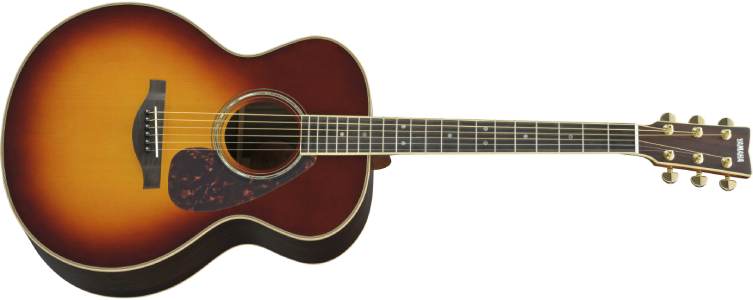
Yamaha LJ16ARE - Medium Jumbo shape
Yamaha Classical Guitars
Lastly, Yamaha produce a wide range of classical guitar models. From entry level guitars like the perennially successful C40 to the CG range for intermediate players, and to the more modern curves of the stage-friendly NCX models, there’s a lot of choice here for any nylon string fan.
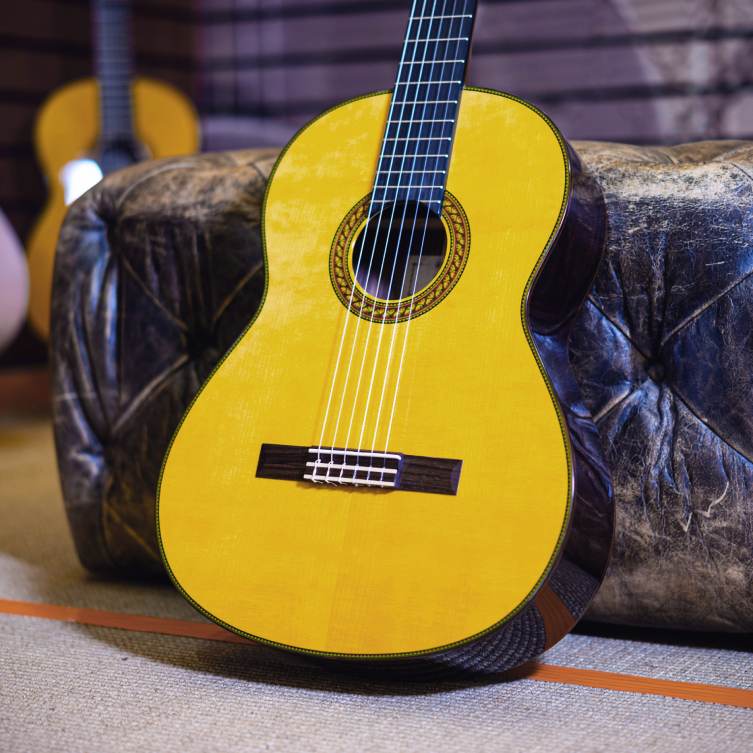
You’ll also find the NTX, another modernist range and - to my eyes at least - nylon string siblings to the steel string APX models we saw earlier. Indeed, nylon string guitars are no longer just for classical repertoire, and guitars such as these Yamaha NXT1 are affordable ways to not only get into the nylon world, but to do so with a good quality guitar that has a slimmer, narrower neck built for players more used to electric guitars and standard acoustics.
Comprehensive Quality
As promised, this quick skip through the world of Yamaha guitars was intended only to acquaint you with what’s available. You’ve seen a good number of guitars now, and within the world of acoustics, it’s a pretty dynamic bunch! I’d recommend deep dives into any areas that interest you in particular, and to that end, I’d point you towards dedicated blogs for the Yamaha A Series, the Transacoustic and the C40. I haven’t touched on the notion of the Silent guitar - I suppose because there’s an argument to be had that it’s the opposite of an acoustic guitar, right? - but you can investigate that via this dedicated Yamaha Silent Guitar blog, too.
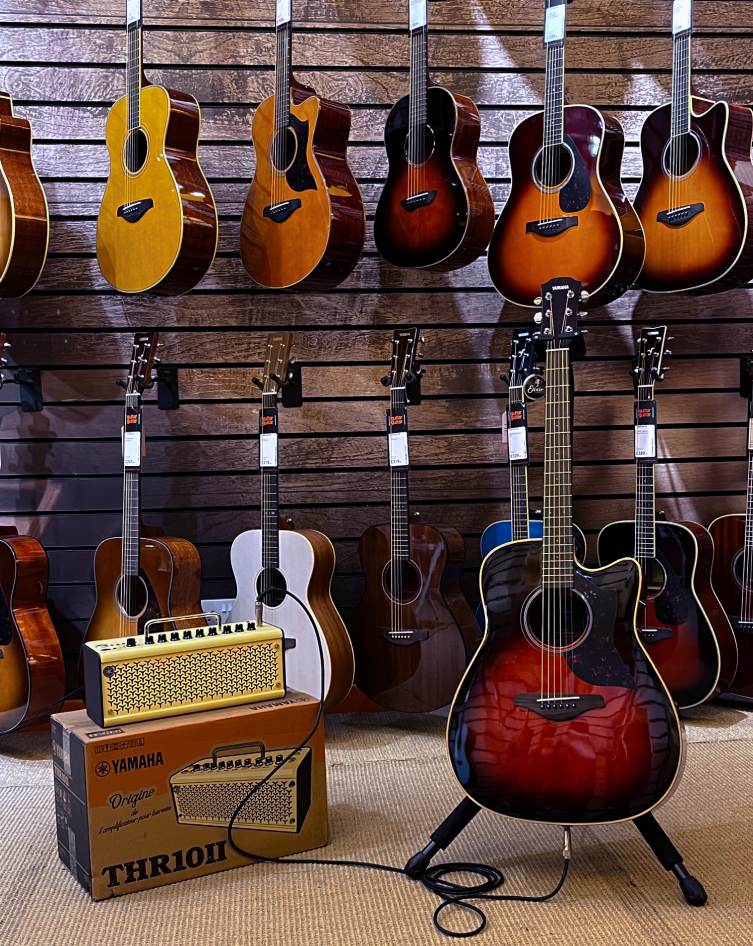
Please let this blog be the first steps on your path to your new Yamaha acoustic. Don’t forget that our staff are all fully learned experts, so have a chat with them next time you drop in.
Good luck in your hunt for a new Yamaha acoustic, and don’t be afraid to line up a few and try them all!
Click to Browse our Entire Selection of Yamaha Acoustic Guitars


